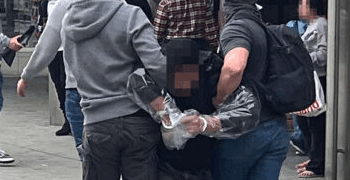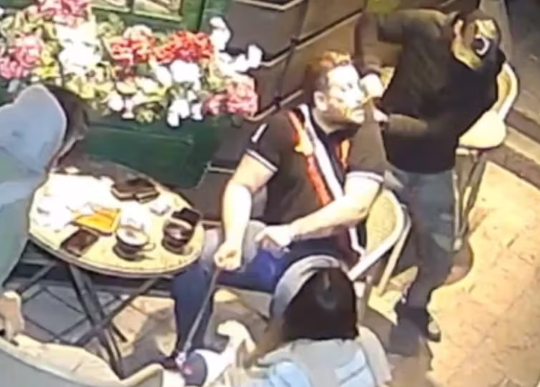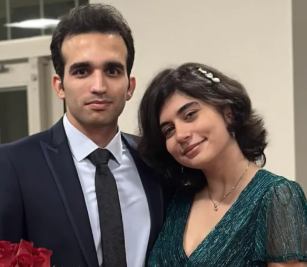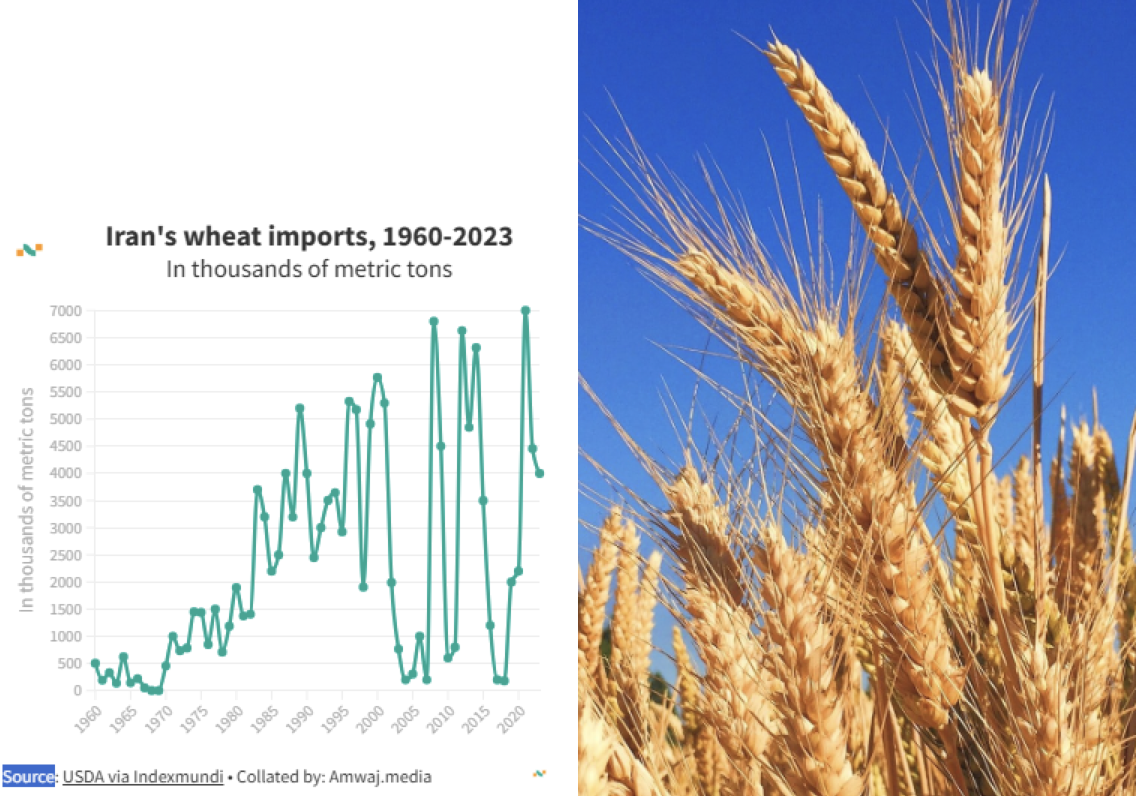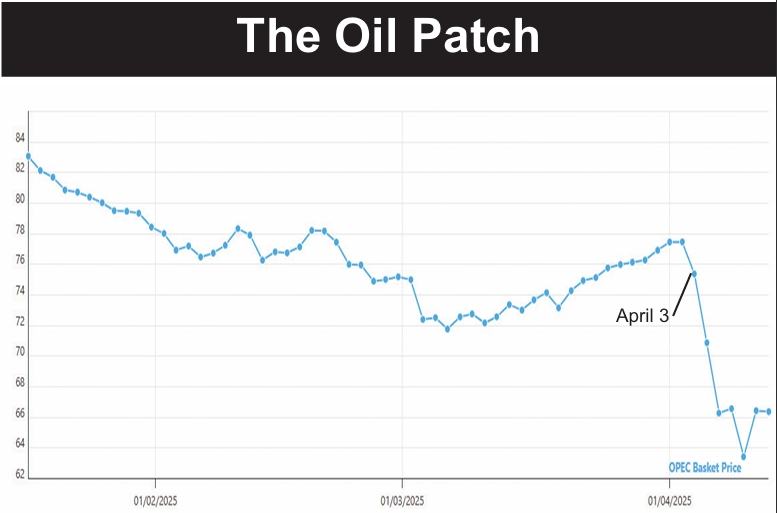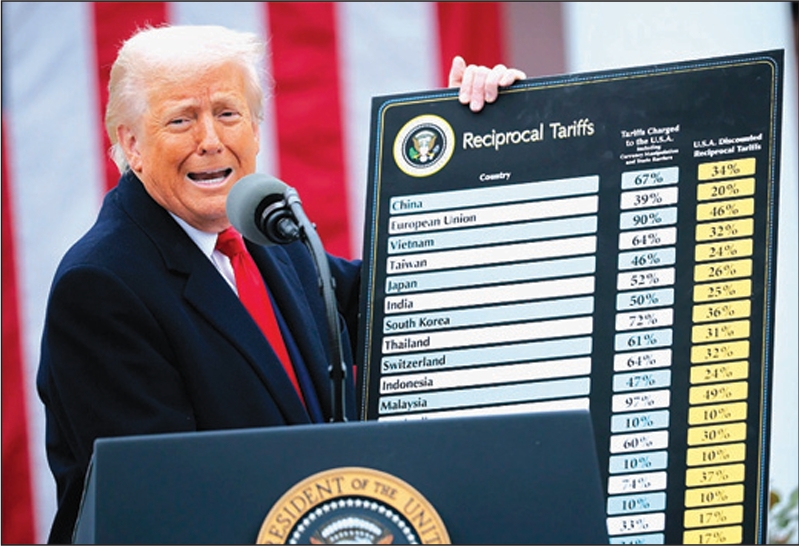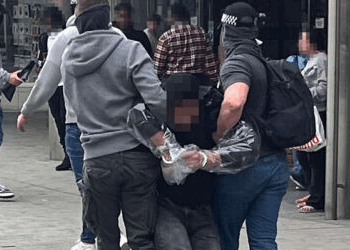Tehran has long said it is the United States that causes instability in the region and that stability would be restored if the Americans just left. Now Iran is crowing that the shooting incident proves its point.
Foreign Ministry spokesman Ramin Mehman-Parast said, “We have announced time and time again that the presence of foreign forces can be a threat to regional security. Certainly, regional countries, with the help of one another, can provide security in the best possible way.”
The Islamic Republic is protesting much more than the Indian government, which has said it will wait for an investigation to see what happened.
The US Navy says the USNS Rappahannock repeatedly warned a speedboat heading toward it to turn away, then fired warning shots, and finally fired on the boat itself, killing one man and wounding three.
The Indian fishermen who survived the hail of gunfire disputed that and said they were given no warning and were not even headed toward the US ship.
The Rappahannock is a refueling ship, manned almost entirely by civilians with only three Navy officers on board. It carries only minimal armament. Its heaviest weapon is a .50 caliber machine gun, which was used on the fishing boat.
The incident highlighted the potential for a rapid escalation of tensions in Persian Gulf waters, where US forces are now expanding their presence. (See accompanying story in this issue.)
The fishermen, hospitalized with gunshot wounds after the incident near Dubai’s Jebel Ali port, said Tuesday that they received no warning before the US craft opened fire, and that their boat had attempted to avoid any contact with it.
“We had no warning at all from the ship, we were speeding up to try and go around them and then suddenly we got fired at,” 28-year-old Muthu Muniraj told Reuters from hospital, his legs punctured by the rounds from the .50-caliber gun.
“We know warning signs and sounds and there were none; it was very sudden. My friend was killed; he’s gone. I don’t understand what happened.”
A Fifth Fleet spokesman, Lt. Greg Raelson said an internal inquiry into the incident was underway.
“Non-lethal measures were taken while attempting to signal the vessel,” he said, adding that the fishing craft did not respond. “That was when the security team fired rounds from the .50-caliber,” first as warning shots, then at the boat. “Our ships have an inherent right to self-defense against lethal threats.”
The United States has been particularly wary of attacks on its ships since two Al-Qaeda suicide bombers rammed an explosives-laden boat into the USS Cole in 2000, blowing a massive hole in its side and killing 17 US sailors.
In Monday’s incident, other members of the boat’s crew, which consisted of six Indians and two Emiratis, said their boat had come under fire as it returned from trawling in the waters off Jebel Ali.
“We were fishing and then on the way back they started shooting at us, so many shots, like a storm,” said 35-year-old Muthu Kannan, who had a gunshot wound to the abdomen and a lower leg wired into place with metal rods.
An Indian government spokesman said he had assurances Washington would provide a full account of the incident, and the Indian Foreign Ministry said it had no position on the issue of whether the fisherman were warned before the shooting.
But in the UAE, Indian Ambassador M.K. Lokesh told Reuters after meeting with the fishermen: “Obviously if they were warned they would not go close to such a big vessel. Even if shots were fired in the air, these fishermen would have moved away.”
Some Indian media were quick to blame the United States for the incident; one television channel ran headlines reading, “Murder on the High Seas” and “No Regret, No Apology from America.” In a statement, however, the US embassy in New Delhi had expressed its condolences to the families of the boat’s crew.



